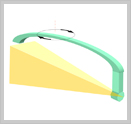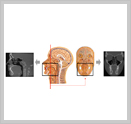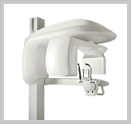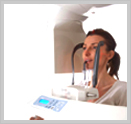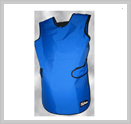

About US
Code of conductCBCT examinations should potentially add new information to aid the patient’s management.
CBCT examinations must be justified for each patient to demonstrate that the benefits outweigh the risks and should be used when the imaging needs cannot be answered adequately by lower dose conventional radiography.
When referring for CBCT examinations, the referring dentist must supply sufficient clinical information (results of a history and examination) to allow the CBCT Practitioner to perform the Justification process.
CBCT images must undergo a thorough clinical evaluation (‘radiological report’) of the entire image dataset.
CBCT equipment should offer a choice of volume sizes and examinations must use the smallest that is compatible with the clinical situation if this provides less radiation dose to the patient.
Aids to accurate positioning (light beam markers) must always be used.
All those involved with CBCT must have received adequate theoretical and practical training for the purpose of radiological practices and relevant competence in radiation protection.
Continuing education and training after qualification are required, particularly when new CBCT equipment or techniques are adopted.
For dento-alveolar CBCT images of the teeth, their supporting structures, the mandible and the maxilla up to the floor of the nose (eg 8cm x 8cm or smaller fields of view), clinical evaluation (‘radiological report’) should be made by a specially trained Maxillofacial Radiologist.
For non-dento-alveolar small fields of view (e.g. temporal bone) and all craniofacial CBCT images (fields of view extending beyond the teeth, their supporting structures, the mandible, including the TMJ, and the maxilla up to the floor of the nose), clinical evaluation (‘radiological report’) should be made by a specially trained Maxillofacial Radiologist or by a Clinical Radiologist (Medical Radiologist).
